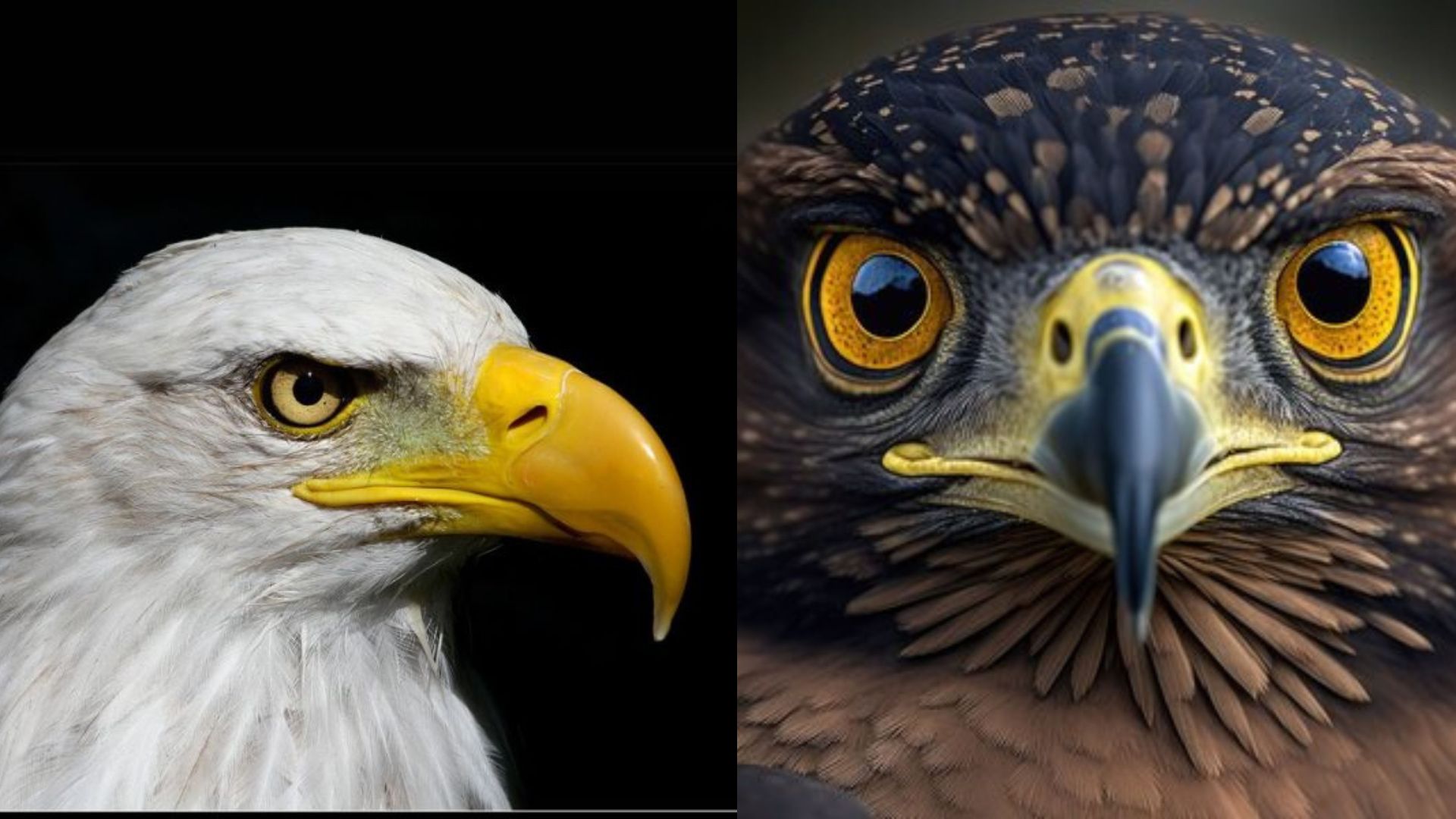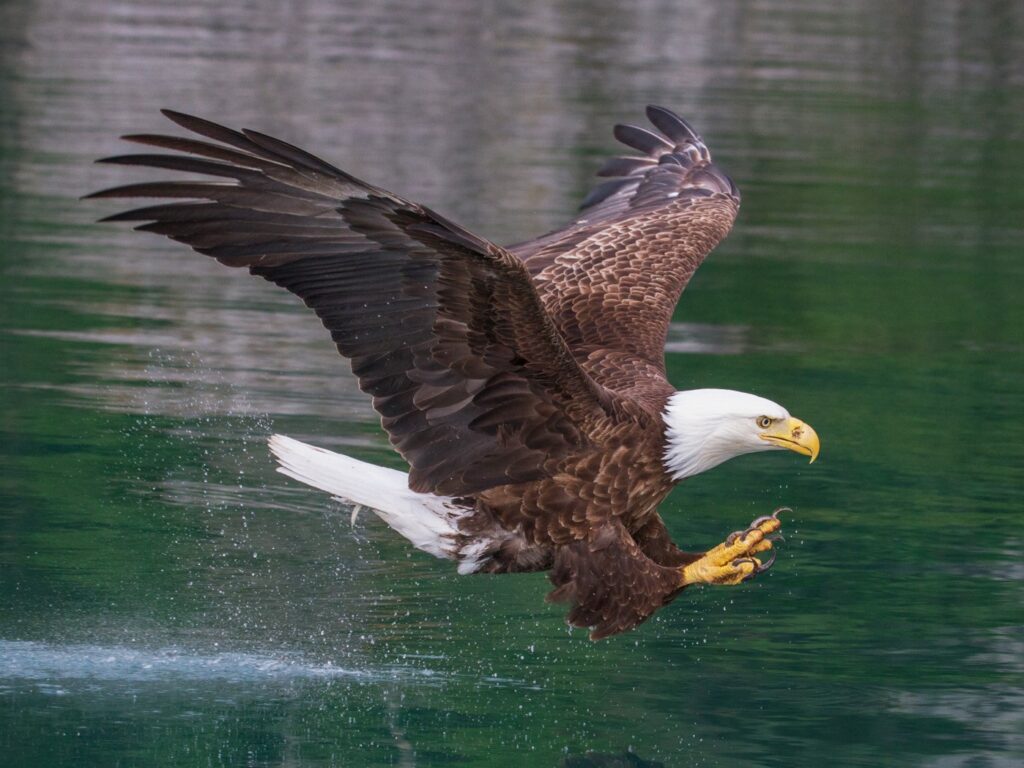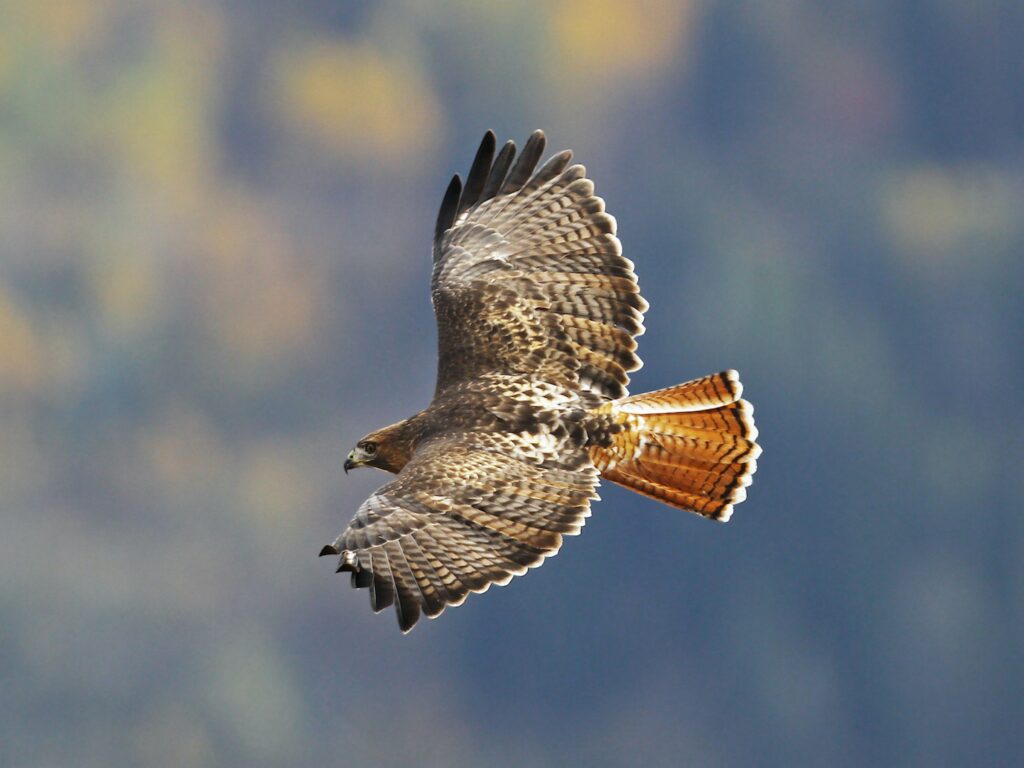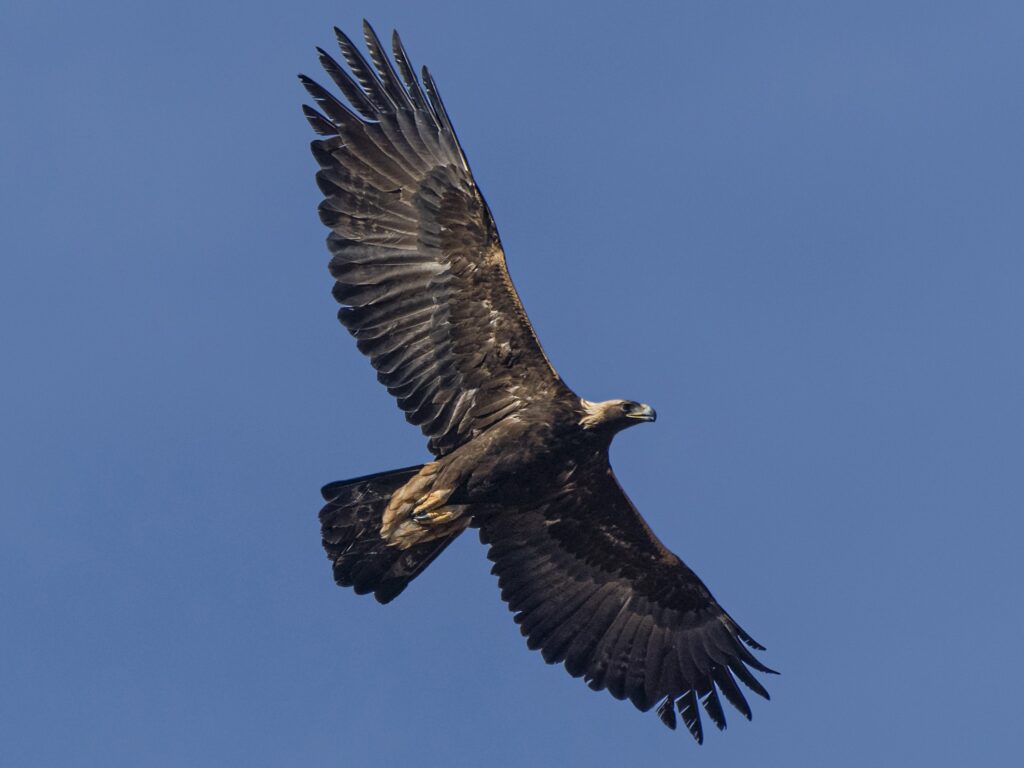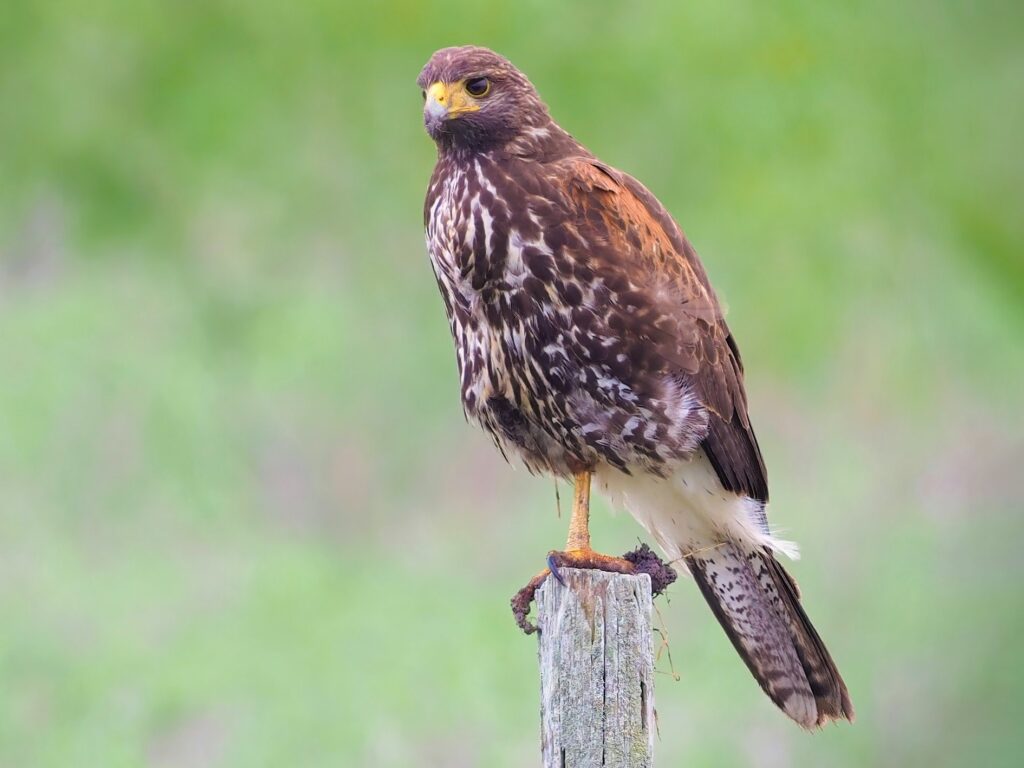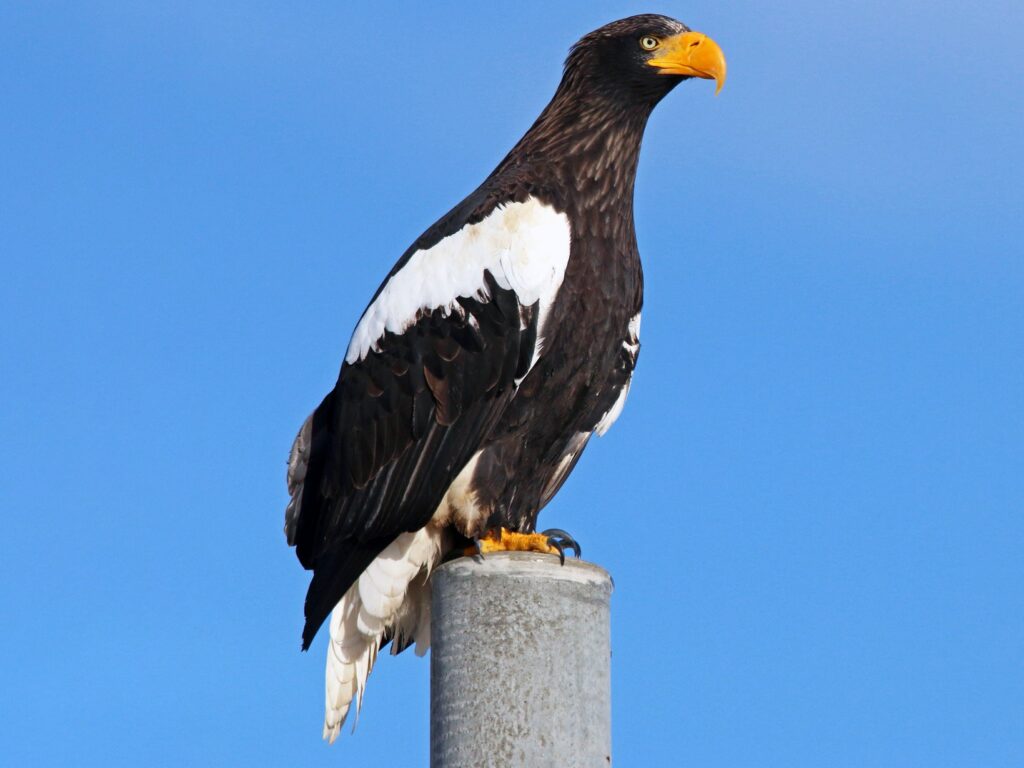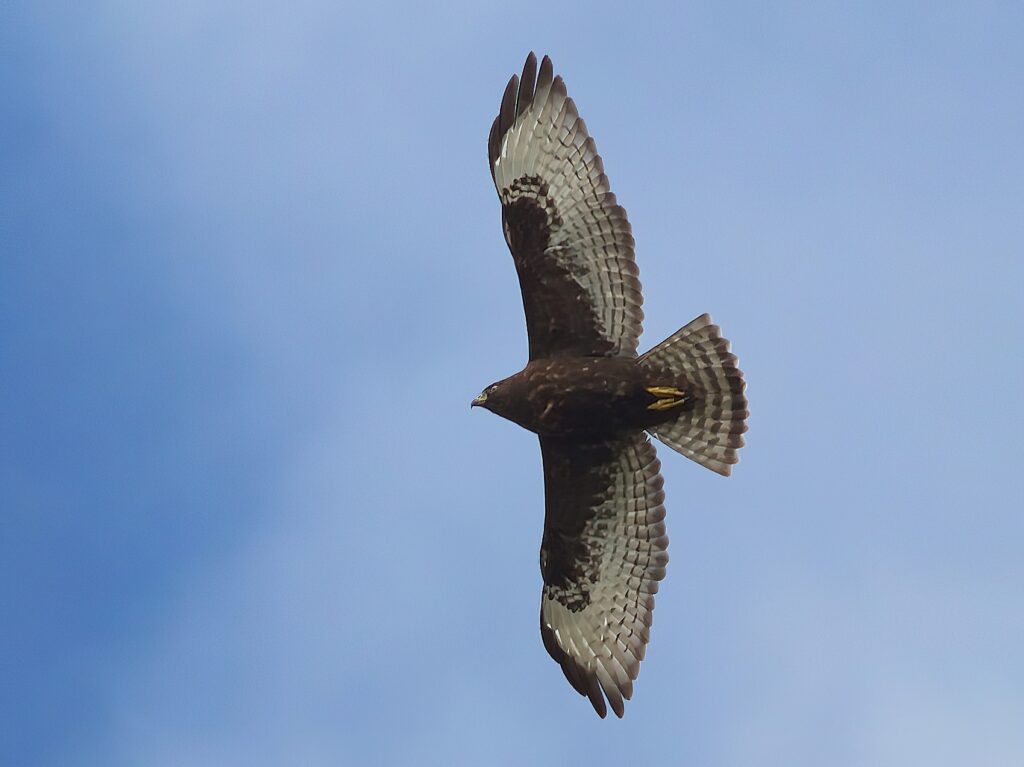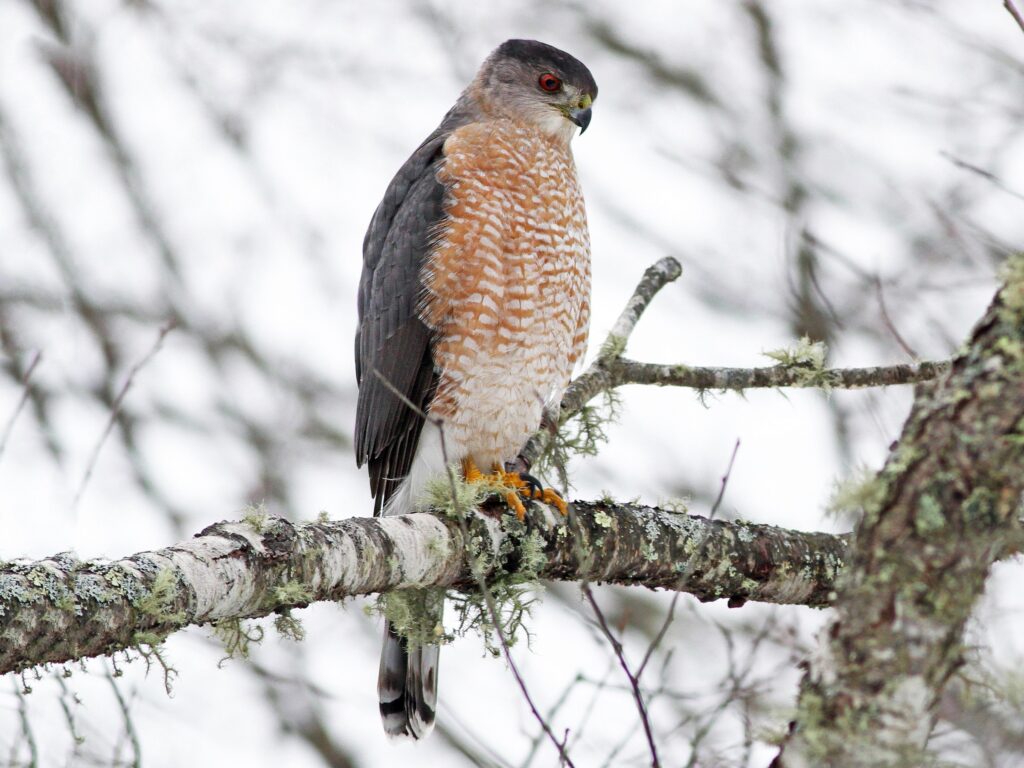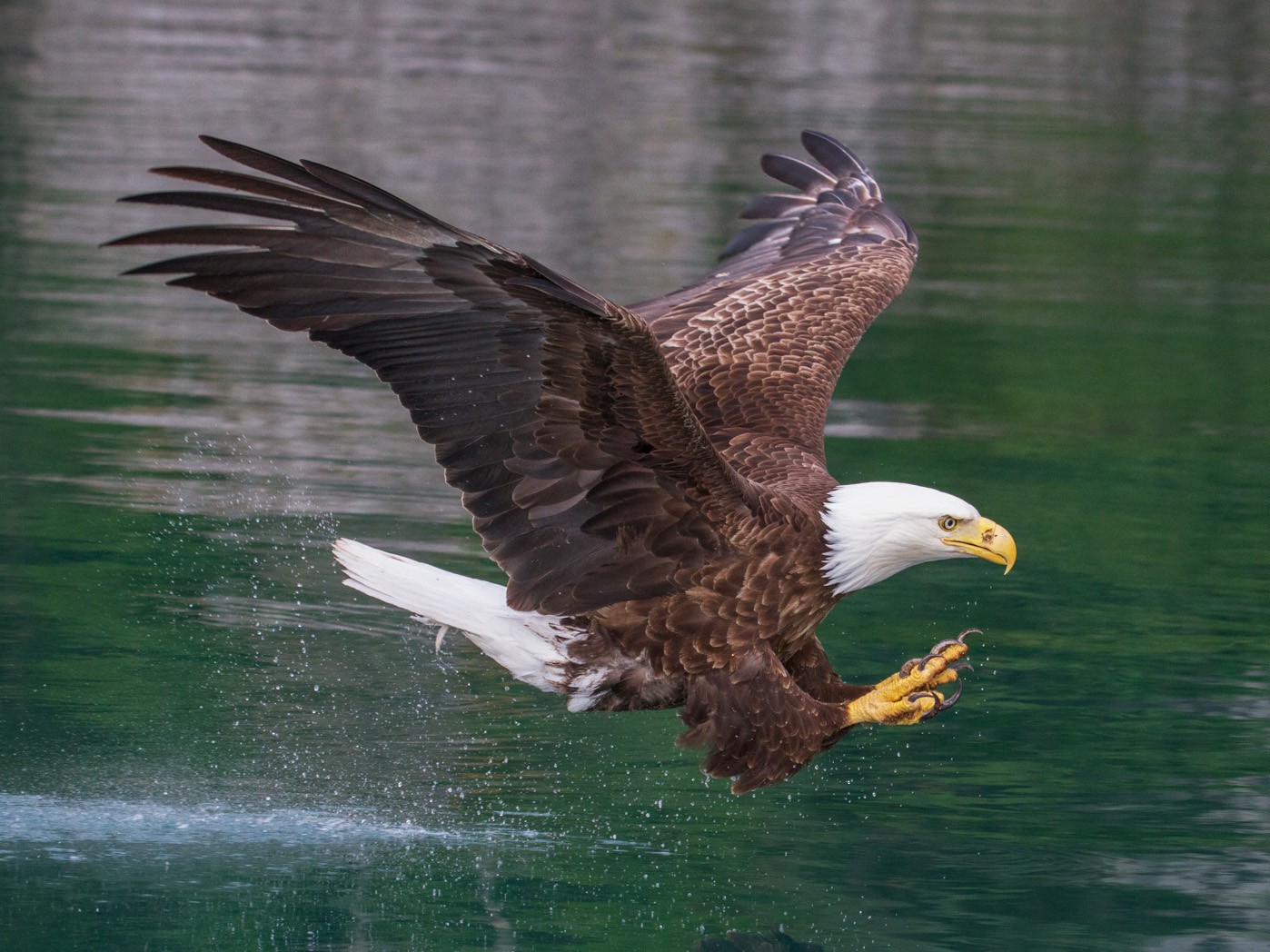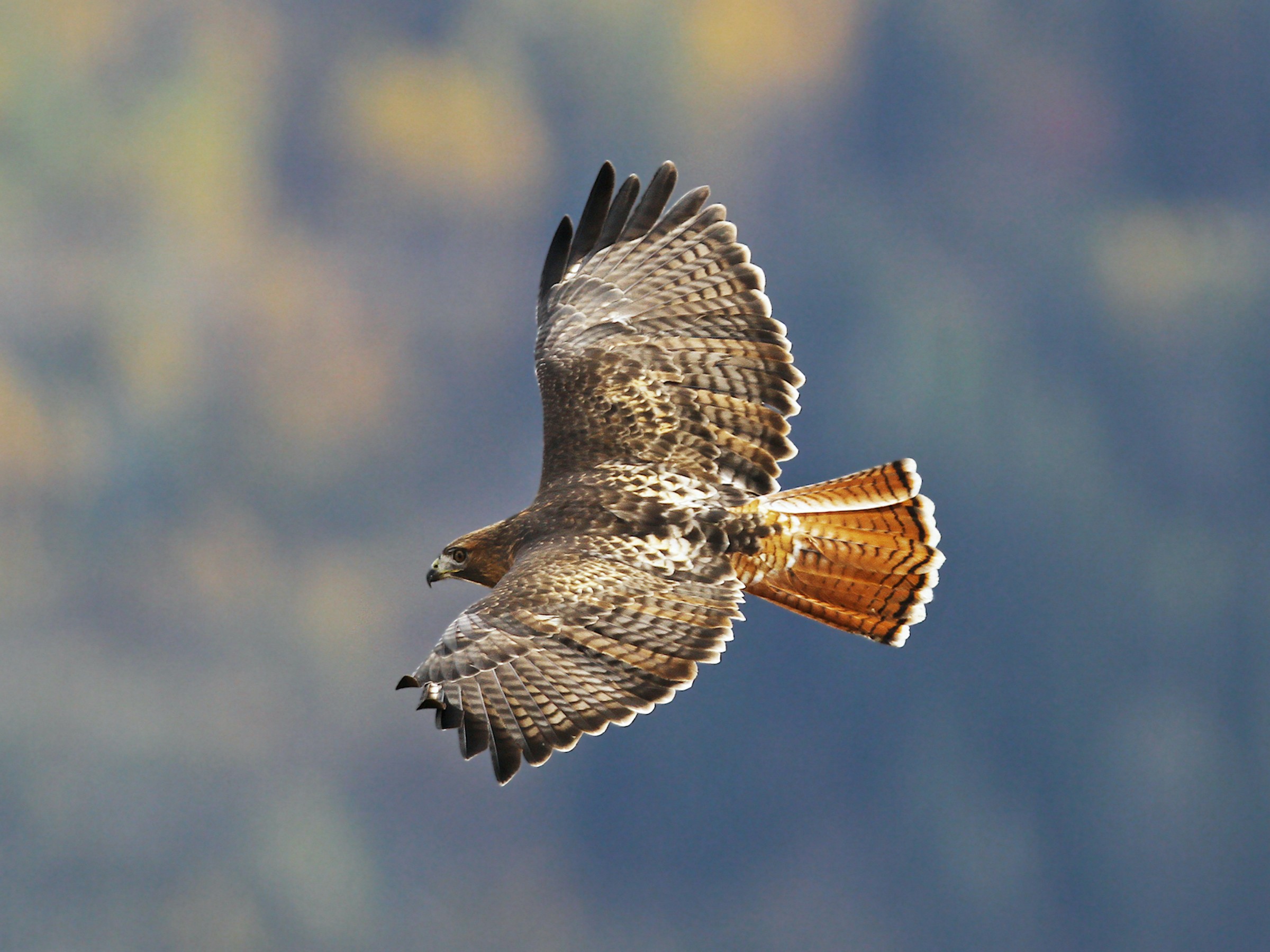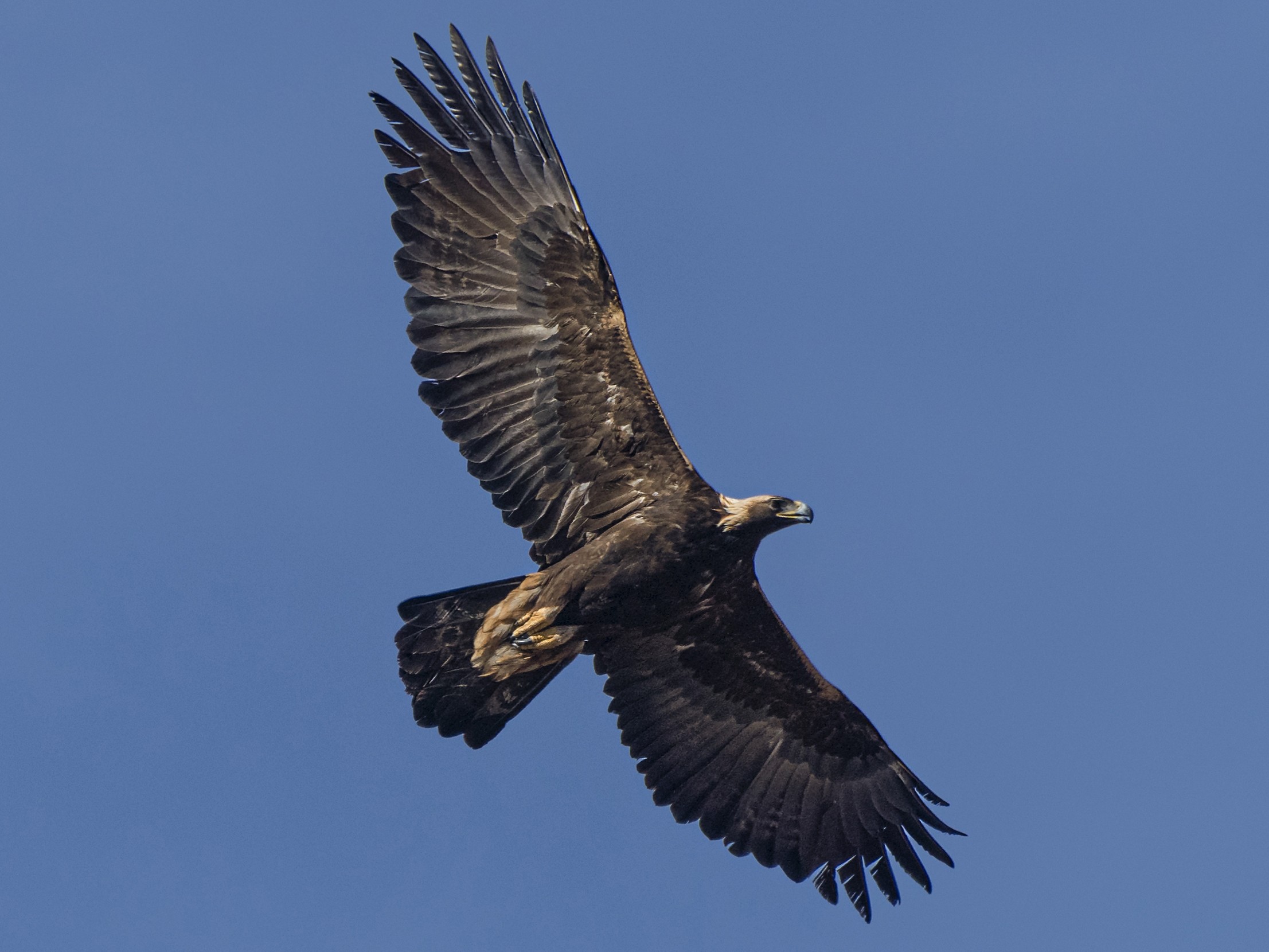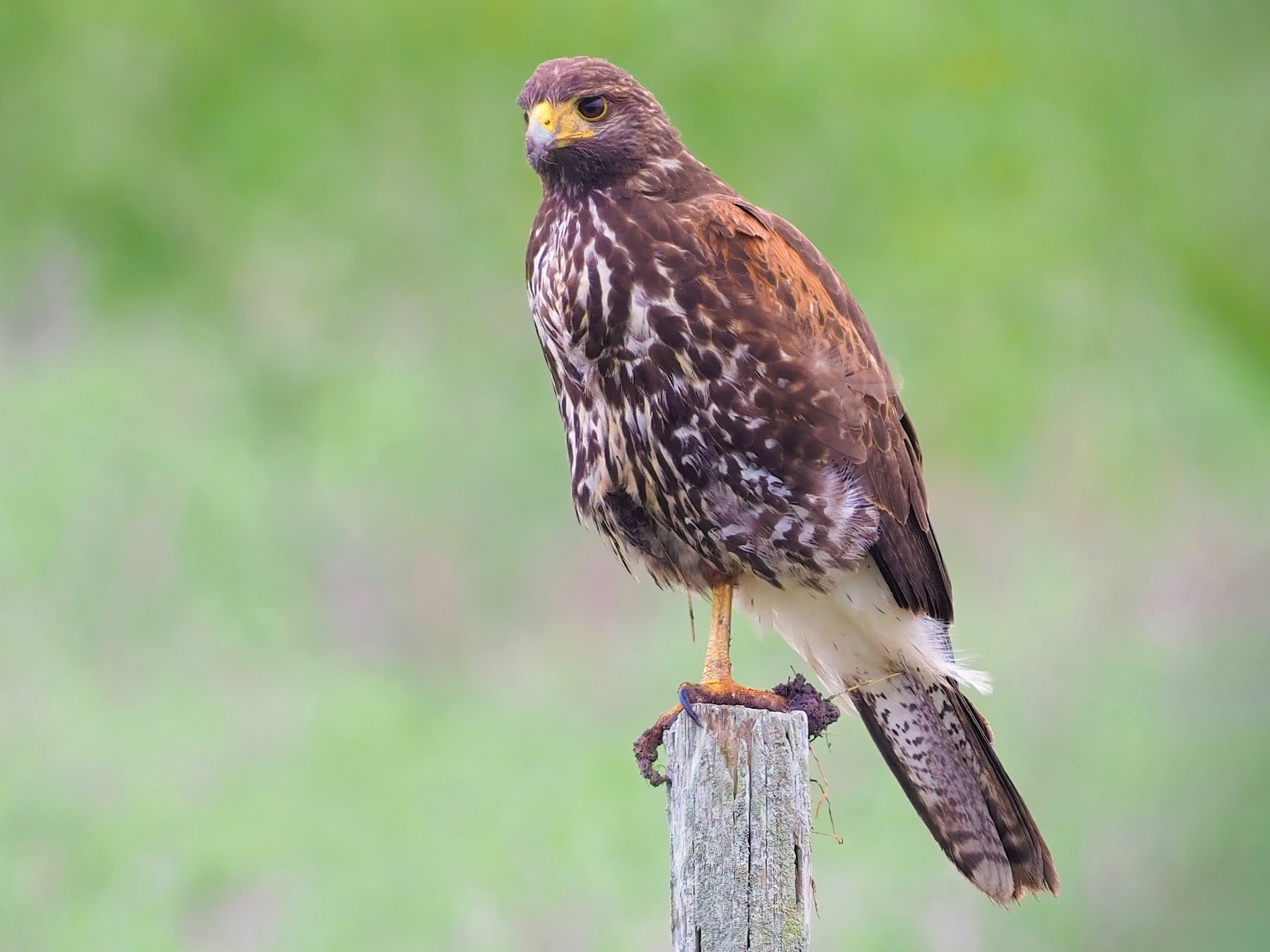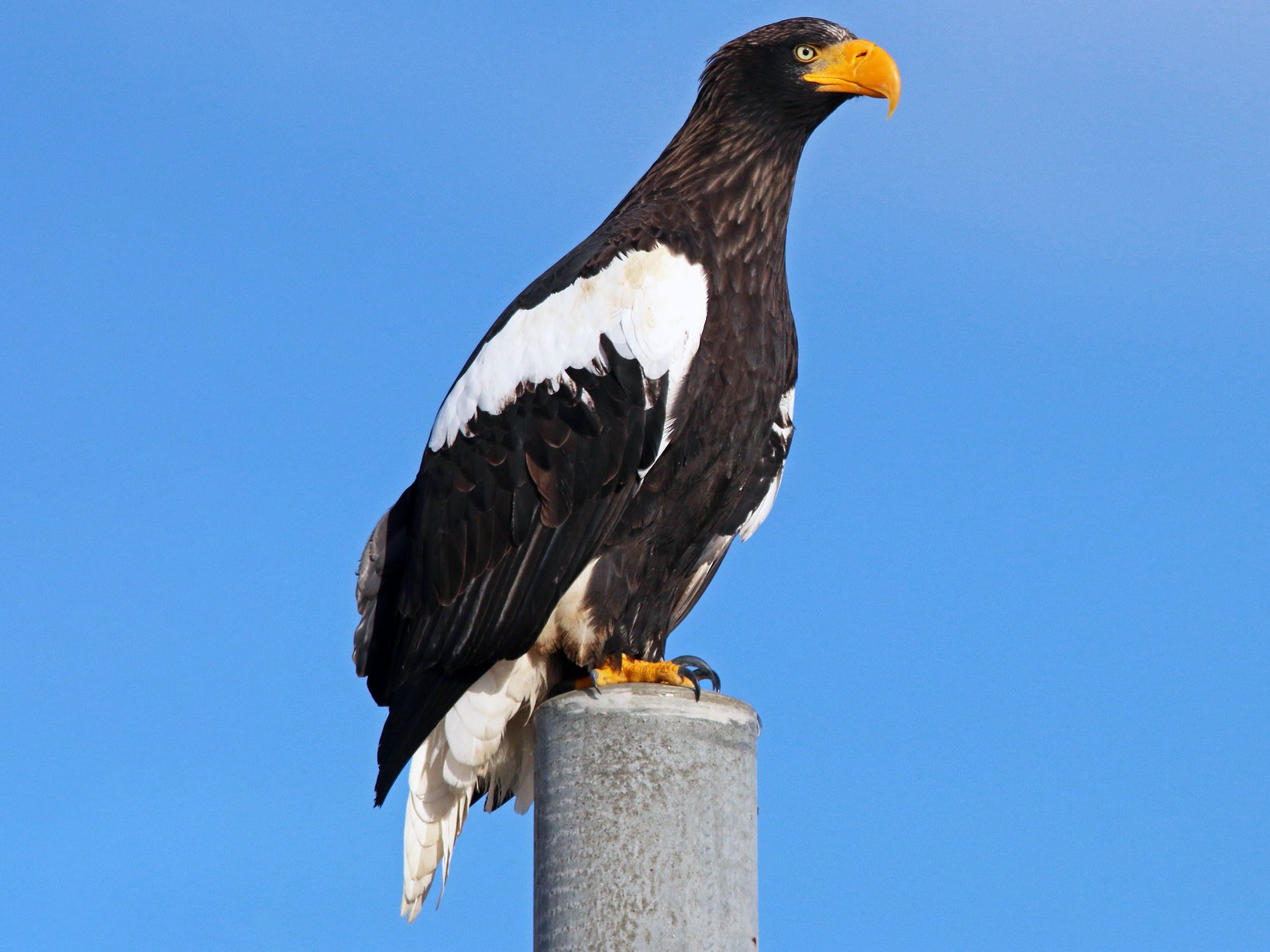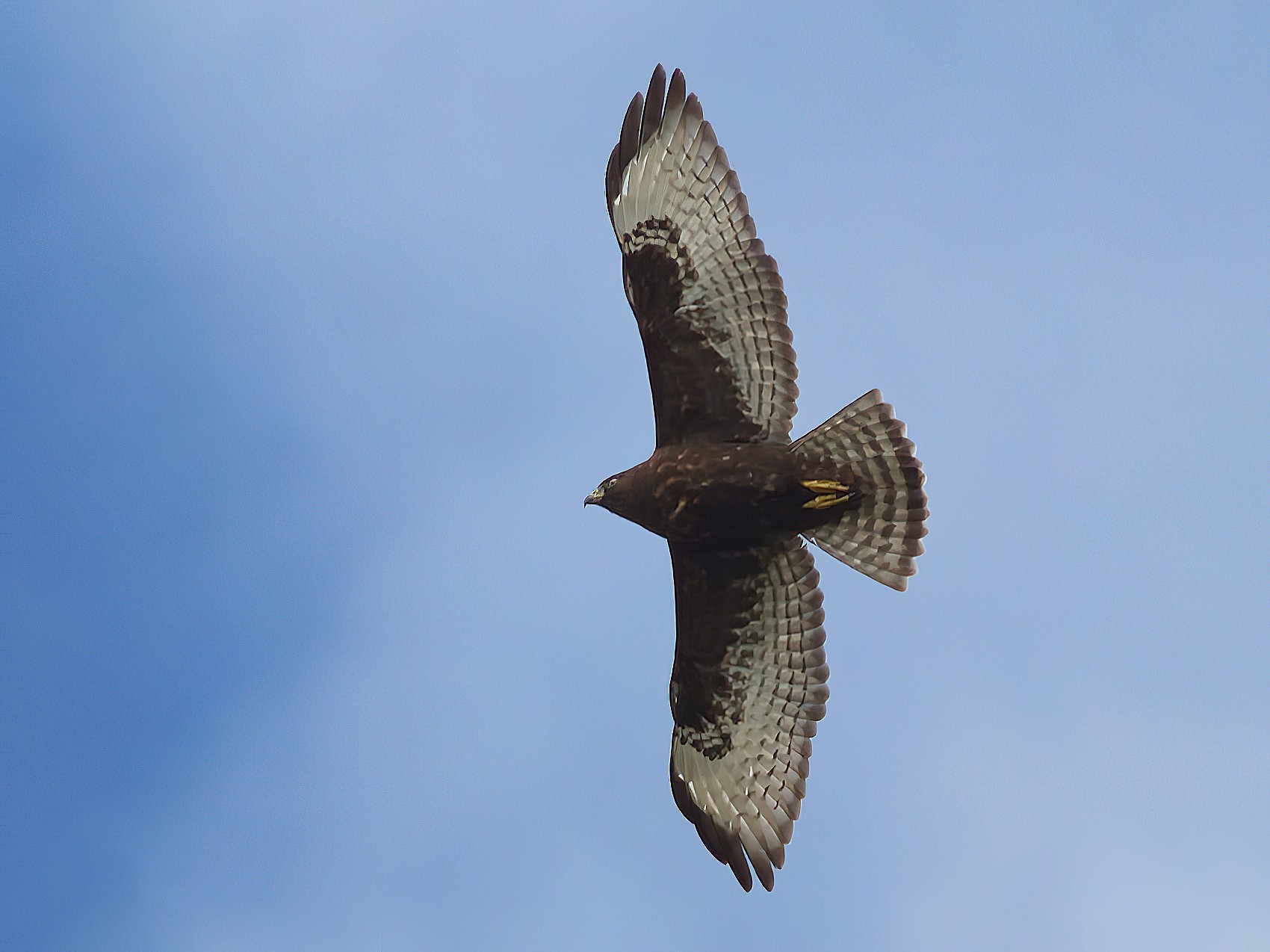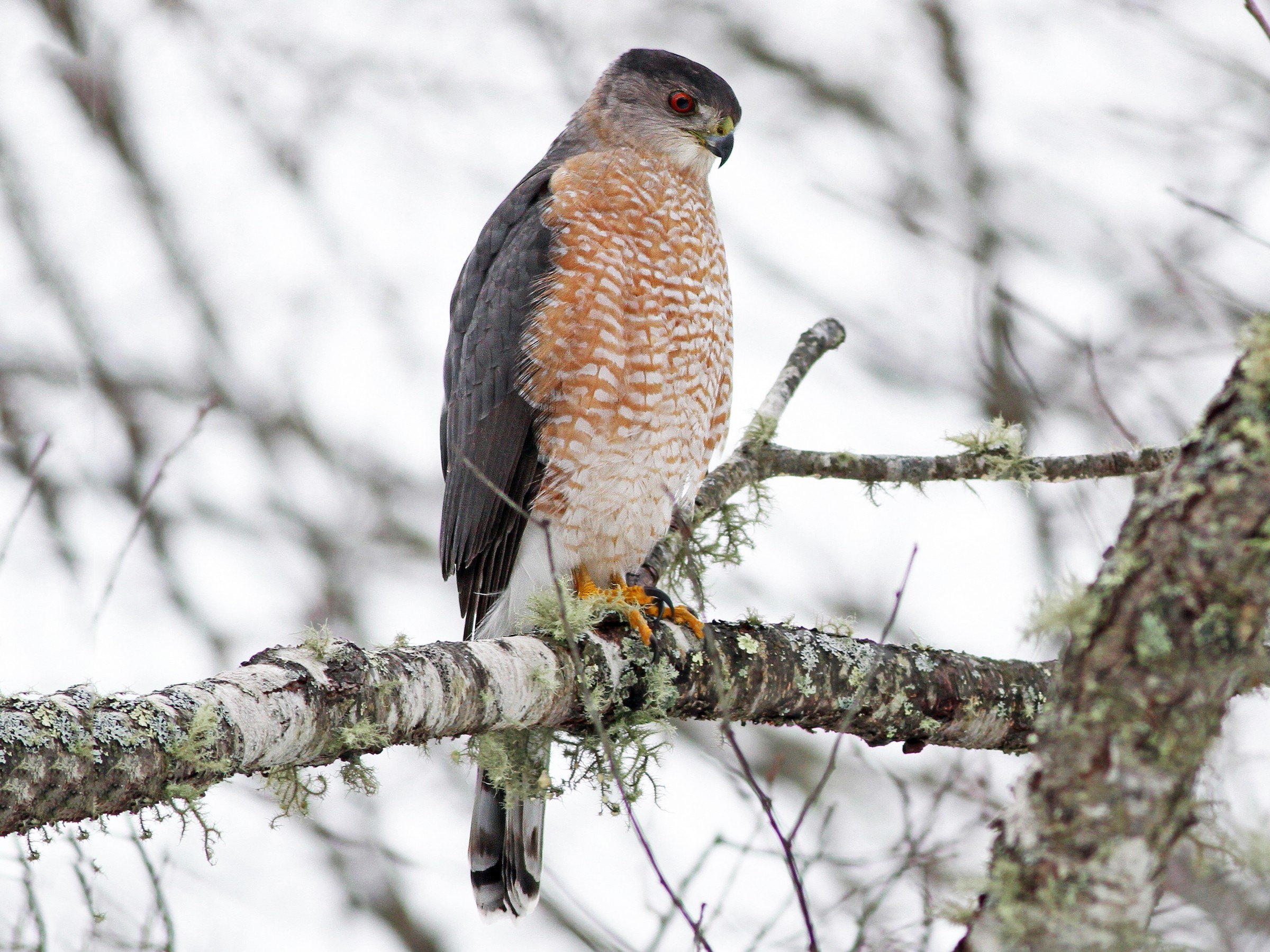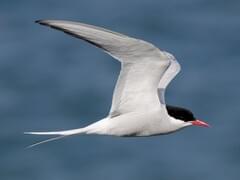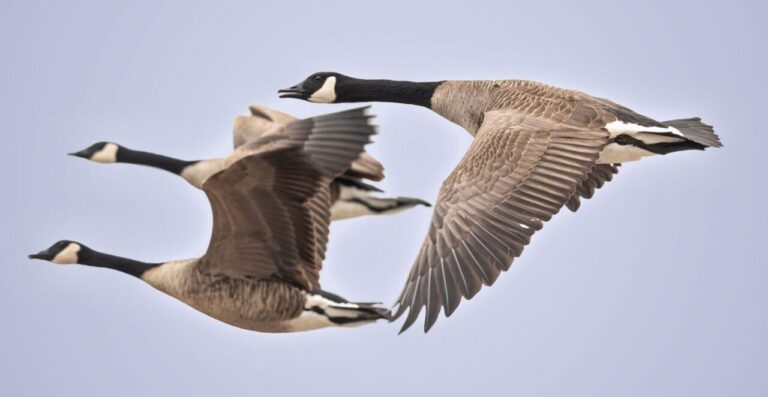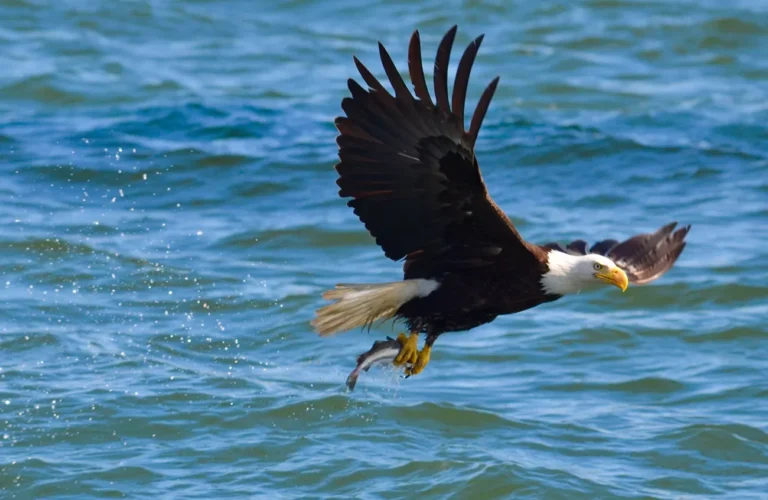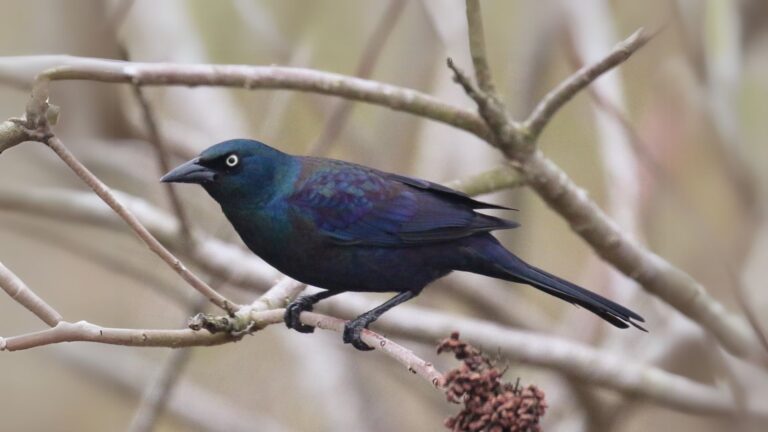Eagle vs Hawk: Impressive Differences and How to Identify Each
A lot of folks just lump eagles and hawks together, but these impressive raptors actually have some pretty striking differences. Eagle vs Hawk; read on to understand the differences.
Eagles are bigger, stronger, and have heavier beaks and talons than hawks do.
Sure, both have razor-sharp eyesight and killer hunting skills, but their behaviors, habitats, and looks really set them apart.
Eagles usually stick to wide-open spaces near water or up in the mountains.
Hawks, though, are just as happy in forests, grasslands, or even city parks.
Their nests and family life differ too.
If you’re hoping to tell them apart or want to understand their place in nature, this guide should clear up some of the confusion.
For more on eagle and hawk habitats and conservation, check out the criteria for raptor nest site protection.
Key Takeaways for Eagle vs Hawk
- Eagles and hawks have different sizes, features, and habits.
- They live in unique environments and hunt in their own ways.
- Knowing their traits makes it easier to spot them in the wild.
Defining Eagles and Hawks
Eagles and hawks both fall under the raptor, or bird of prey, category.
Their size, hunting style, and looks make it easier for people to tell them apart and appreciate their roles outdoors.
What Is an Eagle?
Eagles rank among the largest raptors anywhere.
They have broad wings, heavy beaks, and thick, strong legs with sharp talons.
Most eagles spread their wings 6 to 8 feet (1.8 to 2.4 meters) across.
That size and muscle let them hunt bigger animals.
Eagles eat mammals, fish, and reptiles; some, like the bald eagle, are ace fishers, while others prefer small land animals.
Their vision is unreal—they can spot prey way up high.
Eagles build their nests, called eyries, high up in trees or perched on cliffs.
You’ll find eagles on every continent except Antarctica.
They favor open places near water or mountains.
If you’re curious, this commentary on raptors digs into how people define birds of prey like eagles.
What Is a Hawk?
Hawks run smaller than eagles, with wingspans from 2 to 4 feet (0.6 to 1.2 meters).
They’re agile in flight, darting quickly and weaving through trees with ease.
Hawks use sharp talons and hooked beaks to grab birds, small mammals, or even insects.
Their eyesight is no joke—they track movement from far off.
Most hawks hang out in forests, grasslands, or open country.
They nest in trees, usually building with sticks and leaves.
Some hawks hunt solo, but a few, like Harris’s hawk, team up with others.
There’s a book on hawks, eagles, and other birds of prey that says hawks are prized for their speed and accuracy.
Physical Characteristics
Both eagles and hawks are raptors, but their physical traits really stand out when you look at body size, feather patterns, and the shapes of their talons and beaks.
Size and Wingspan
Eagles are massive birds of prey.
Take the bald eagle: its wingspan stretches 6 to 8 feet, and it weighs 8 to 15 pounds.
Those wide wings let eagles soar for miles.
Hawks are smaller—red-tailed hawks, for example, have wingspans of 3.5 to 4.5 feet and weigh just 2 to 4 pounds.
This size gap changes how they hunt and where they fit in their habitats.
Eagles tackle bigger prey and can carry heavier animals than hawks ever could.
There’s more info on eagle growth and size in some bald eagle development studies.
Feathers and Coloration
Eagle feathers are mostly dark brown or black, but you’ll see lighter markings too.
Adult bald eagles stand out with white heads and tails, while golden eagles show off golden-brown neck feathers.
Hawk feathers? Much more variety—brown, white, gray, or reddish-brown patterns help them blend in with forests or fields.
Both birds have thick, layered feathers for warmth and silent flight.
Feather patterns and color can make identification easier, as you’ll see in guides about hawks and eagles of North America.
Talons and Beak Structure
Eagle talons are thick, long, and incredibly strong.
They need that grip to catch and hold onto bigger animals.
Their beaks are big and hooked, perfect for tearing through tough skin and meat.
Hawks have sharp talons too, but they’re smaller and a bit more delicate.
Their beaks are hooked as well, just not as bulky as an eagle’s.
Both birds rely on these tools to hunt, but eagles have the edge in strength and size.
That lets them go after larger prey, while hawks usually stick to smaller animals like rodents and birds.
If you’re into details, check out ethograms in studies of the behavioral web of golden eagles.
Habitat and Geographic Range
Eagles and hawks both cover big territories, but they don’t always choose the same kind of habitat.
Where they live and what they like can help you tell these raptors apart.
Global Distribution
Both eagles and hawks are found all over the world, but some species stick to certain continents or islands.
Eagles show up everywhere except Antarctica—bald eagles are North American natives, and the African hawk-eagle lives in sub-Saharan Africa.
Red-tailed hawks are common across North and Central America.
Africa has huge eagles like the martial eagle, which prefers open and semi-open southern regions.
In Asia, the Javan hawk-eagle is native to Indonesia (there’s more on their home ranges if you’re curious).
Some hawks also live in Europe, Australia, and South America, showing just how adaptable they can be.
Habitat Preferences
Eagles usually go for wide open spaces—think grasslands, savannas, or spots near big lakes and rivers.
Bald eagles stick close to water because they love fish.
Martial eagles hang out in open woodlands and savannas, scanning for prey from above.
Hawks are more flexible about where they live.
You’ll find them in forests, deserts, and even some cities.
The African hawk-eagle, for example, likes dry woodland and savanna.
This adaptability helps hawks survive where food and nesting spots might be tough to find.
Both eagles and hawks want habitats with plenty of food and safe places to nest.
Their choices often depend on hunting territory size and prey availability—makes sense, right?
Notable Regional Species
Certain eagle and hawk species really stick to their regions:
- Bald Eagle: Found in the U.S. and Canada, mostly near big lakes and rivers.
- Martial Eagle: Lives in sub-Saharan Africa, one of the largest eagles out there. Read more about the martial eagle and its range.
- African Hawk-Eagle: Stays mostly in African woodland and savanna.
- Javan Hawk-Eagle: Only found in Indonesia, mainly in Java’s forests. Details on its habitat use show it likes undisturbed forests.
These species show just how many different environments eagles and hawks can call home.
Behavioral Differences
Eagles and hawks are both raptors, but their behaviors really set them apart.
They don’t just hunt differently—they eat different things and interact with their own kind in unique ways.
Hunting Techniques
Eagles use their size and power to tackle bigger prey—think rabbits, young deer, or, sometimes, even pets like small cats and dogs. They soar high, then swoop down with jaw-dropping speed and force.
Some eagles, like the bald eagle, love to snatch fish right off the water with those monster talons. It’s not subtle, but it works.
Hawks, meanwhile, rely on agility and quick maneuvering. Red-tailed hawks, for example, go after birds, rodents, and insects.
Instead of aiming for big animals, hawks zoom in on smaller, fast-moving targets. They pull off rapid, surprise attacks from low perches—blink and you’ll miss it.
Both birds use surprise, but eagles lean on brute strength while hawks count on speed and precision. The hunting style really depends on the species—a crowned hawk-eagle, for instance, shows off in forests, as seen in studies of their predatory behavior.
Feeding Habits
Eagles hunt, but they also scavenge. They’ll happily eat fresh kills, but if there’s a carcass lying around, they’re not picky.
Bald eagles, for instance, are notorious for stealing prey from other birds and scarfing down carrion when they spot it.
Hawks mostly stick to live prey—small mammals, birds, reptiles. Scavenging isn’t really their thing.
Most hawks catch their own food, although bigger ones might bully smaller animals out of their kills. They want their meals fresh, if they can help it.
Eagles need more food because of their size, so carrion can be tempting. Both are opportunists, but eagles show a stronger taste for scavenging, which sometimes sparks drama with other animals at a carcass.
Social Structure
Eagles usually fly solo and guard their territories with a vengeance, especially during breeding or feeding. At the nest, eagles—including bald eagles—show strong defense behaviors against intruders or threats.
They socialize with mates or chicks during breeding season, but big groups are rare outside winter feeding grounds.
Hawks might be alone or hang out in loose groups, especially when migrating. Ferruginous hawks and red-tailed hawks also guard their nests, but they’re usually less intense about it than eagles.
Some hawks even nest near others of their kind, forming loose colonies. Neither bird is big on community outside the family.
Hawks tolerate neighbors more, while eagles want their space and will fight for it. It’s just how they roll.
Diet and Predatory Roles
Eagles and hawks are both birds of prey, but they hunt different animals and fill unique niches in nature. Their diets and hunting styles shape which species thrive in their ecosystems.
Prey Selection
Eagles usually go after larger prey. They’ll hunt mammals like rabbits, hares, and sometimes even young deer.
Some, like the crowned hawk-eagle, take down small antelopes and monkeys in forests. They’ll eat birds and reptiles too, depending on what’s around.
Hawks, on the other hand, prefer smaller prey. Red-tailed hawks eat rodents, small birds, and reptiles.
In open country, prairie falcons and ferruginous hawks might join feeding groups with other birds to target ground squirrels and jackrabbits. Both eagles and hawks will sometimes scavenge a carcass, but vultures are the true scavengers here.
These prey choices really come down to each bird’s size and hunting skills. If you’re curious, this book on birds of prey digs deeper.
Role in the Ecosystem
Eagles and hawks help control prey animal populations, keeping their habitats in check. By targeting sick, weak, or vulnerable animals, they slow the spread of disease.
Eagles act as apex predators in many places. Their presence limits medium-sized mammals and other birds, which shapes the food chain.
Hawks, though smaller, are crucial for keeping numbers of mice, insects, and songbirds in check. When raptors eat carrion, they help clean up the environment—though vultures usually take the lead on that one.
Their hunting choices even ripple out to other animals. Fewer rodents, for instance, mean fewer pests for farmers and less prey for outdoor cats. This study on raptor diets explores how changes in prey numbers affect what these predators eat. It’s pretty fascinating.
Nesting and Life Cycle
Eagles and hawks both build nests high up for safety, but their nesting habits differ. The way their young develop, from egg to fledging, also has some interesting differences.
Nesting Sites
Eagles pick tall trees, cliffs, or remote spots for their nests. Their eyries are huge, built from sticks and lined with softer stuff.
Bald eagle nests can reach 10 feet across and weigh hundreds of pounds. That’s not an exaggeration—they’re massive.
Hawks build smaller nests, usually in trees, but sometimes on ledges or even man-made structures. Some hawks, like the Changeable Hawk-Eagle, use the same nest almost every year.
Eagles tend to reuse and expand their nests over time, making them bigger each season. Hawks might abandon old nests and start fresh if something disturbs their site.
How long a raptor nest lasts depends on the species. Goshawks, for example, build new nests more often than eagles, while eagles stick with and reinforce the same one year after year. There’s more on this in forest raptor research.
Eggs and Incubation
Eagles lay 1 to 3 eggs per season. Incubation takes about 35 days.
Both parents pitch in, but the female does most of the work. Eagles stay protective and rarely leave the eggs alone.
Hawks usually lay a few more eggs—2 to 5 is common. Incubation lasts 28 to 35 days, depending on the species.
The female hawk does most of the incubating while the male brings food. Their eggs are usually off-white with brown spots.
Incubation keeps the eggs at a steady temperature. Both eagles and hawks react badly to nest disturbances during this time, and eggs left exposed too long often fail.
Hatchlings Development
Eagle chicks hatch covered in white down and need their parents for everything. It takes 10 to 13 weeks before they’re ready to leave the nest.
During that time, the parents handle all the feeding and protection. Big nests give the young plenty of space to stretch and grow as their feathers come in.
Hawk chicks grow fast and usually fledge in 4 to 8 weeks. Their nests are smaller, so there’s less elbow room, but hawk parents are just as attentive.
Most hawk chicks try short flights within two months. Some eagles, like bald eagles, may have chicks that aren’t fully feathered when they leave the nest, but they keep developing strength and skills nearby after fledging.
If you want to know more about this, check out the physical development of nestling bald eagles.
Classification and Related Species
Eagles and hawks both belong to the Accipitridae family, but their size, shape, and hunting styles set them apart. Other birds of prey—falcons, vultures, accipiters, kites, harriers—get mixed up with them, but their classification and habits are pretty different.
Comparison with Falcons and Vultures
Falcons aren’t true hawks or eagles. They’re part of the Falconidae family, while eagles and hawks stick with Accipitridae.
Falcons have pointed wings and fly fast—it’s kind of their thing. Eagles are much bigger, with broad wings and strong feet. Hawks usually come in smaller, with rounded wings.
Vultures belong to Accipitridae in the Old World, but in the Americas, they’re in the Cathartidae family. Unlike hawks and eagles, vultures mostly eat carrion.
Falcons kill prey with their beaks, which have a neat little notch. Hawks and eagles use their talons. Vultures have bald heads to help them stay clean while feeding on dead stuff.
All these differences explain why falcons and vultures get their own groups and aren’t classified as hawks or eagles. For more on raptor classification, dive into this molecular systematics of raptors.
Accipiters, Kites, and Harriers
Accipiters belong to a subgroup of hawks often called “true hawks.” They have short, broad wings and long tails, which help them hunt in dense forests.
Some examples? The sharp-shinned hawk and Cooper’s hawk come to mind.
Kites are another branch of the Accipitridae family. They’re usually smaller than most hawks and eagles.
Kites have long, narrow wings and show off some serious agility in the air. They tend to glide and soar more than other raptors, often going after insects or fish.
Harriers stand out with their long wings, long tails, and habit of flying low over fields while searching for prey. Their disk-shaped faces help them hear better.
Want to dive deeper into how these groups relate? Check out studies on the taxonomy and phylogeny of hawk-eagles and booted eagles.
Identifying Eagles vs. Hawks in the Wild
Spotting a big raptor up in the sky? It’s not always easy to tell if it’s an eagle or a hawk. Knowing the key differences (and common mistakes) makes birding and research a lot more accurate.
Field Identification Tips
Eagles tend to be larger, with broader wings and heavier bodies than hawks. In flight, their wings look like long, wide boards.
Hawks have wings that are usually shorter and more pointed. Eagles soar high with slow, deep wingbeats, and you can spot their massive size even from far away.
Hawks, on the other hand, use quick, shallow wingbeats and sometimes glide between flaps. The tail shape helps too—eagles have straighter, fan-shaped tails, while hawks often show longer, rounded tails.
Eye color and beak shape can give you clues. Eagles have bigger, hooked beaks and strong feet for hunting big prey. If you want a side-by-side comparison, this guide to North American raptors has some helpful diagrams.
Size alone isn’t always enough. Juvenile eagles can look a lot like large hawks, so careful observation matters for birders and researchers alike.
Common Misconceptions
People often assume all large birds of prey are eagles, but that’s just not true. Some hawks, like red-tailed hawks, can be nearly as big as small eagles, which causes plenty of confusion.
Color isn’t a reliable way to tell them apart either. Both eagles and hawks can have brown, black, or mixed plumage, whether they’re young or adults.
Another myth? Only eagles soar. Actually, hawks soar too—their wings and tails just look different in the air. The whole “eagle eyes” versus “hawk-eyed” thing is a bit overblown; both birds see incredibly well.
Eagles might have a slight edge, but hawks are no slouches. Getting familiar with both families (and using field guides) can help you avoid the usual mistakes.
Human Relationships and Cultural Impact
Eagles and hawks have shaped human societies for centuries, showing up in myths, traditions, and conservation efforts. Their powerful presence in nature and culture still inspires wildlife protection and symbolism around the world.
Symbolism in Different Cultures
Eagles are often called “the king of the birds.” They hold a strong place in the stories and beliefs of many cultures.
In some Native American groups, people see the golden eagle as powerful and spiritual. Its feathers play a part in important rituals, showing deep respect and a connection to nature.
You’ll find this relationship reflected in art, stories, and even laws about using eagle feathers. Hawks show up in cultural traditions too, but their symbolism is a bit different.
Hawks sometimes stand for focus, skill, and protection in stories and beliefs. In certain societies, people connect hawks to hunting and sharp observation, while others see them as symbols of guardianship and keen vision.
For more on these themes, check out this analysis of eagle symbolism in Northern Plains cultures.
Conservation Efforts
These days, people work hard to protect eagles and hawks, recognizing how valuable they are to both wildlife and culture. Many conservation programs focus on habitat protection, education, and research to keep raptor populations healthy.
In the U.S., research on raptors led to laws that protect birds like the bald eagle from hunting and habitat loss. Elsewhere, local communities try to balance cultural traditions—like feather use or ceremonies—with modern conservation.
Take the Paiwan people in Taiwan, for example. They manage traditions involving the mountain hawk-eagle to keep the species safe while still honoring their culture.
All these efforts show a growing understanding of the important relationship between people and raptors. It’s a mix of scientific research and long-term conservation that’s honestly pretty inspiring.
Summary and Key Takeaways
Eagles and hawks are both birds of prey, but they’re not quite the same. Eagles are usually bigger, heavier, and have more powerful talons.
Hawks tend to be lighter, with sharper, narrower wings built for speed and agility. Here’s a quick comparison:
Features Comparison Table
| Feature | Eagle | Hawk |
|---|---|---|
| Size | Usually larger | Smaller, lighter |
| Wing Shape | Broad, rounded | Narrow, pointed |
| Strength | Powerful talons | More agile in flight |
Eagles often prefer open areas. Their hunting skills are honestly impressive.
Hawks can live just about anywhere—forests, cities, you name it. Both birds eat meat, but their prey choices aren’t identical.
Eagles might hunt rabbits or fish, while hawks often go after smaller birds and rodents. There are lots of species in both groups.
The golden eagle is a classic example of an eagle, and there are several types of hawk-eagles too. You can find more details in this resource on birds of prey.
Key points to remember:
- Eagles are bigger and stronger.
- Hawks are faster and more agile.
- Both are skilled hunters but choose different prey.
Frequently Asked Questions
Eagles and hawks get mixed up all the time, but there are real differences in size, behavior, hunting skills, and their roles in nature. Their flight, build, and habits set them apart.
How do differences in size and build affect an eagle’s and hawk’s hunting abilities?
Eagles are bigger, with more powerful bodies and stronger talons. That size lets them hunt larger prey like rabbits, fish, or even small deer.
Hawks usually go after smaller animals like mice or birds. The eagle’s strength helps it grab and carry heavy animals, while hawks rely on speed and agility to catch food. If you want to dig deeper, here’s an article on eagles and hawks.
Can you distinguish between the flight patterns of eagles and hawks?
Eagles tend to soar at higher altitudes and use slow, steady wing beats. When circling, they keep their wings flat and glide for a long time.
Hawks flap their wings more quickly and make sharper turns. Their flight is faster and more direct, especially when they’re chasing prey. Watching how they fly can really help you tell them apart. More info is in hawk and eagle natural history.
What are the behavioral differences between eagles and hawks?
Eagles build large nests, usually in tall trees or on cliffs. They’re mostly solitary or live in pairs, and their territories are huge.
Hawks are a bit more social and sometimes hunt in groups, especially outside of nesting season. Their nests are smaller and closer to the ground than eagle nests.
In a confrontation, what advantages do eagles have over hawks?
Eagles have stronger talons and greater size, which gives them the upper hand if there’s a conflict. Their strength helps them defend territory or food.
Hawks rarely challenge eagles, and if they do, eagles almost always win.
How do the roles of eagles and hawks differ in their respective ecosystems?
Eagles usually act as apex predators, keeping populations of medium-sized animals in check. Some eagles also scavenge and eat dead animals.
Hawks help control smaller animal populations, like rodents and insects. Both play a part in keeping ecosystems healthy, but eagles tend to focus on bigger prey and larger territories. You’ll find more about this in the biology and ecology of eagles and hawks.
What are the significant anatomical differences between eagles and hawks?
Eagles have longer wingspans and larger, heavier bodies than hawks. Their talons and beaks are thicker and stronger, giving them more power for hunting big prey.
Hawks, on the other hand, sport shorter wings and lighter frames. This helps them move faster and turn on a dime.
Their bodies and beaks work better for catching and eating smaller animals. If you want to dig deeper into their differences, check out this comparative study of raptors.
